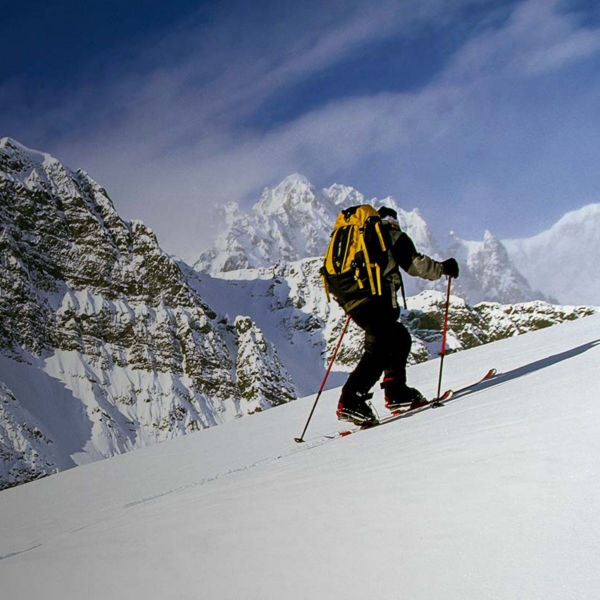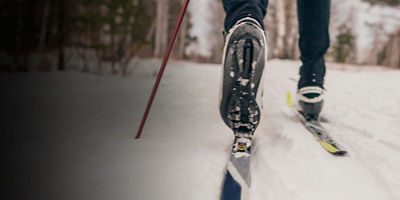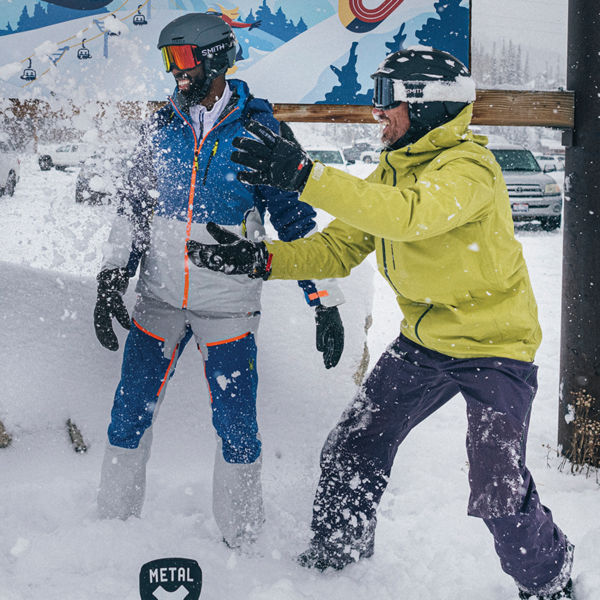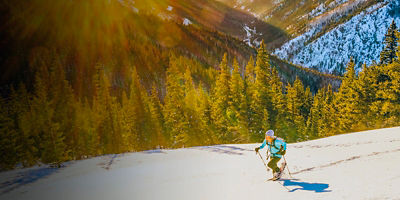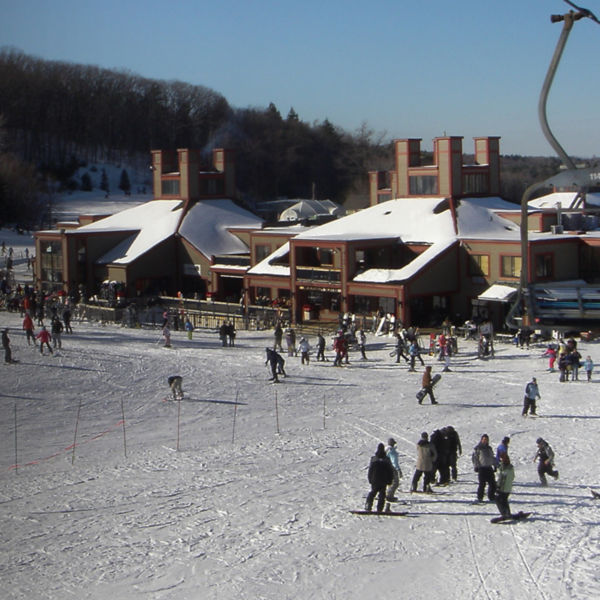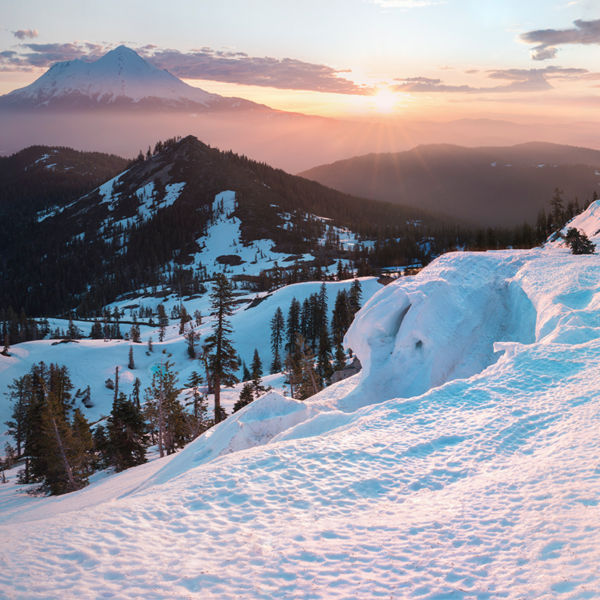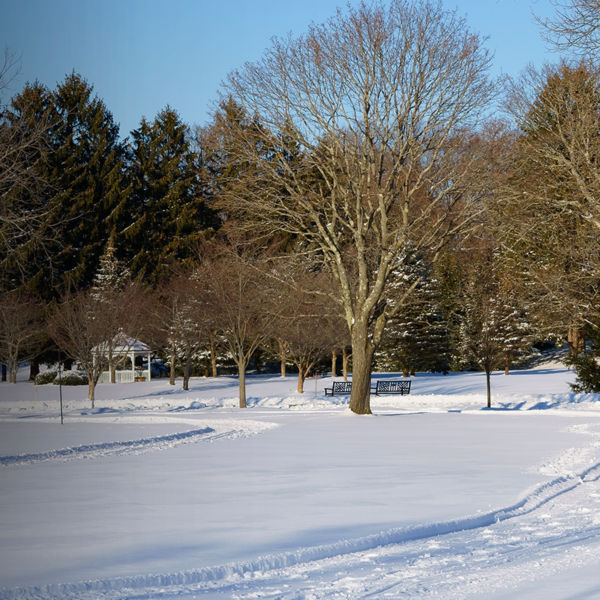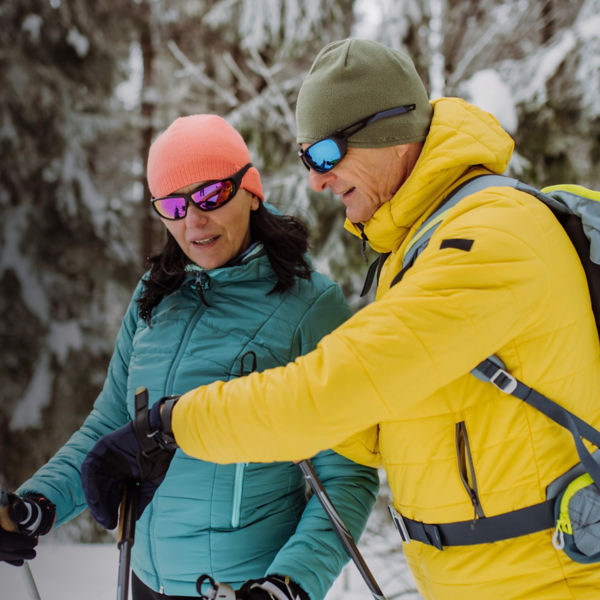
Having the right snowboard for your body and riding style won’t just help you have fun; it’ll make you a better rider, too. To choose the right board, start by thinking about the kind of riding you’re doing now (or that you will be doing, if you’re a beginner), but don’t lose sight of the type of riding you hope to do down the road, once you get more experience.
Ask Yourself These Questions
Before you dive into the details of snowboard design, ask yourself a few questions about what you’re hoping to do with your board.
What’s your ability level?
Beginners might want a simpler board with more forgiving geometry, while more advanced riders likely need a board that can handle higher speeds, steeper slopes, or even some terrain park features. While it’s important to find a board you can grow into, especially as a beginner, don’t choose one that will force you in over your head.
How much does gender matter?
Short answer: quite a bit. Women’s snowboards are narrower, have an easier flex, and sometimes have less camber, all in an effort to match female body geometry and the way women put energy into a snowboard. But that doesn’t mean women’s boards will fit all (or only) women. Smaller, lighter men might find some benefit in a women’s board, and taller, heavier women might want to opt for a men’s board. The most important thing is to find a board that works for your body.
What type of snowboarding are you hoping to do?
Snowboards fall into a variety of specific categories based on the type of riding they’re designed for. Focus your search based on the terrain you like to ride and how you ride it (more on that below).
Plan on doing any backcountry touring?
If you want to do any touring with your snowboard, you’ll want a splitboard. These boards split down the middle into two separate pieces that work just like backcountry touring skis. Once you’re ready to head downhill, they clip back together into a complete board. Splitboards are light and often lack the stiffness of a regular board, but you can find them in most of the styles described below (with the exception of freestyle—you’re not going to be sliding across boxes in the backcountry).
Types of Snowboards
Snowboards come in a few main varieties to suit different terrain and riding styles. These are the categories to know.
All-Mountain
These are do-it-all snowboards. From groomers to terrain park features to a powder stash (and maybe even the occasional backcountry trip), an all-mountain board is a jack of all trades, but typically master of none. This is generally the best option for someone new to snowboarding, someone figuring out what kind of riding they like, or someone who wants a super versatile board.
Freestyle
These boards are ideal for those who spend most of their time in the terrain park. They can be ridden switch (meaning you can ride them in both directions, see the section on “Shape” below), are shorter and lighter to make them more maneuverable in the air, and they’re springy, which makes them easier to get airborne. They won’t be as comfortable racing down groomers or hardpack, however.
Freeride
These boards are best for ungroomed snow. They’re a little longer, they’re directional (meaning they like to be ridden in only one direction), and they feature flex somewhere between an all-mountain and a freestyle board.
Powder
Powder-specific boards are ideal for deep, soft snow. They have a broader, often pointed nose and a shorter tail (often shaped with split or swallow tail shape), the bindings are mounted further back, and they have more rocker. All those features help you float in the fresh stuff.


















